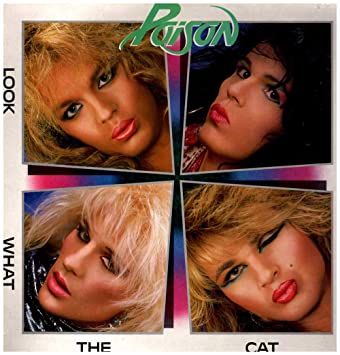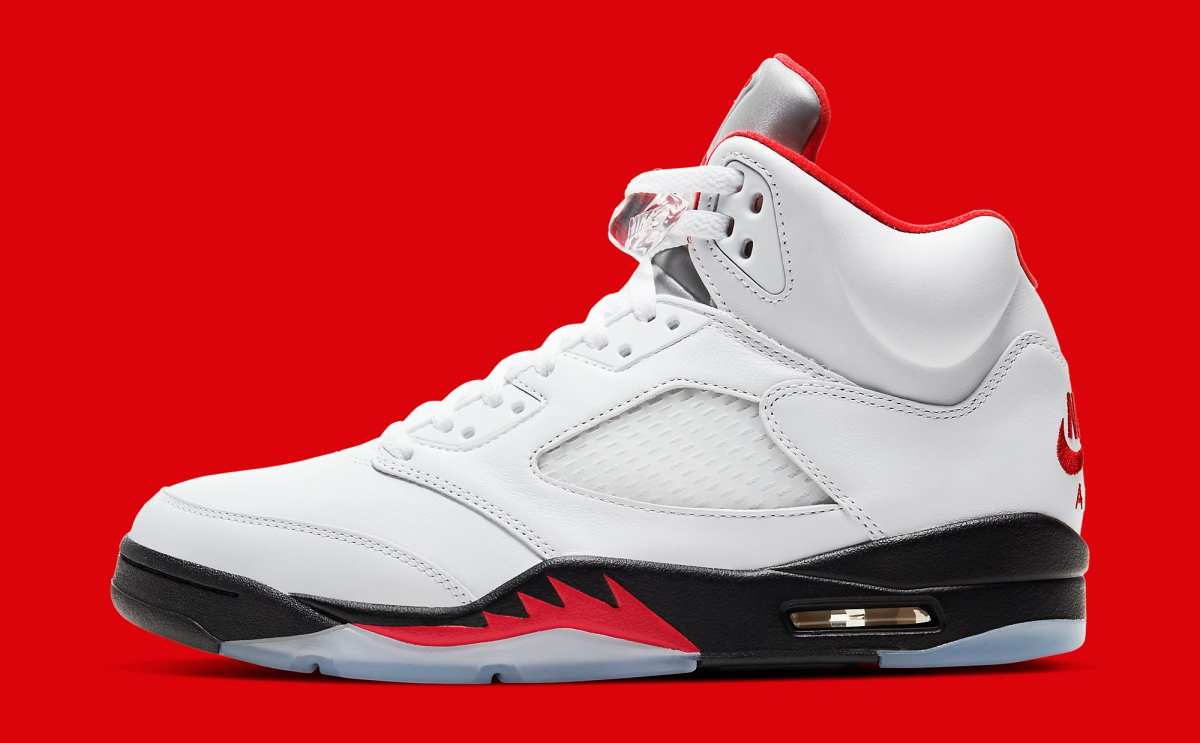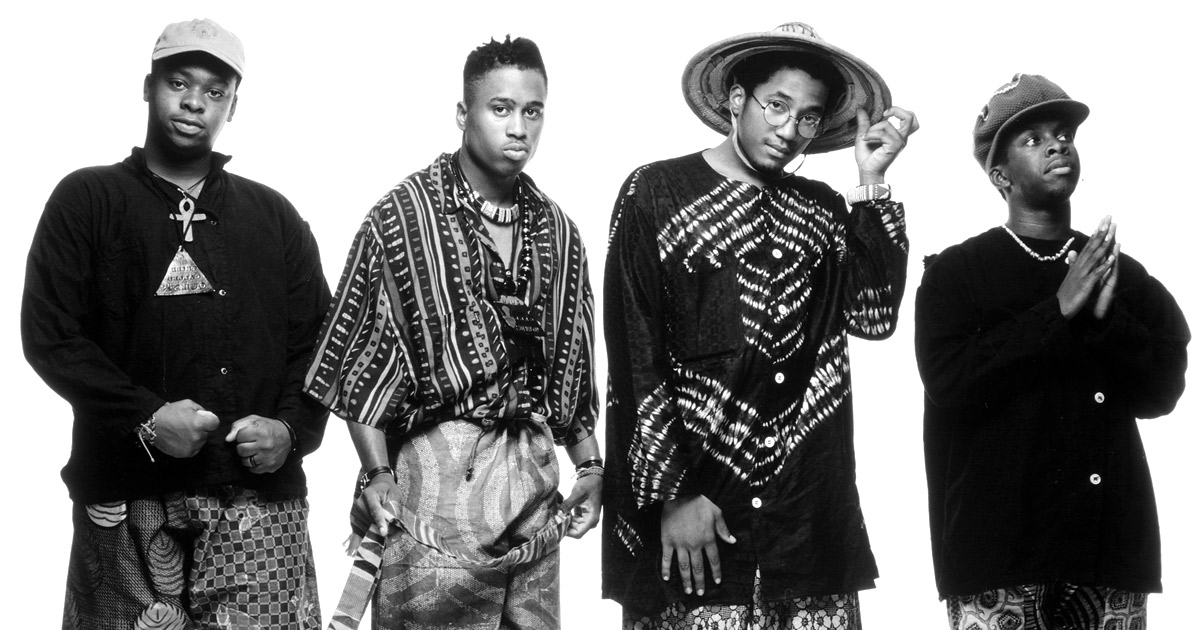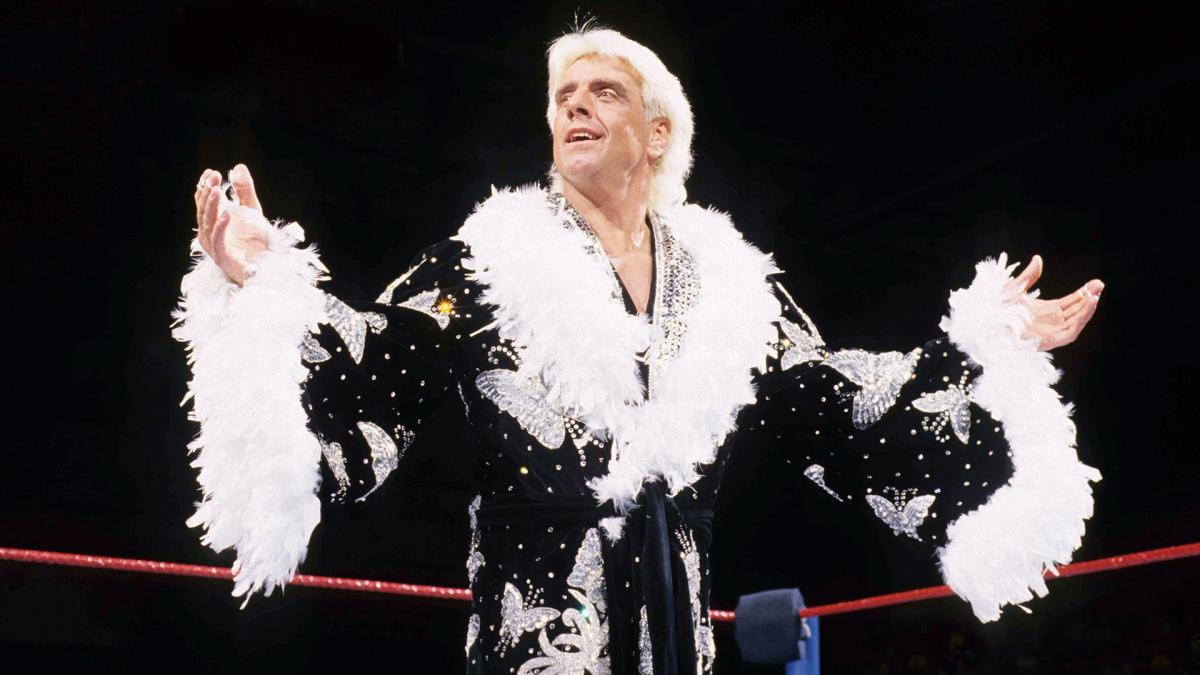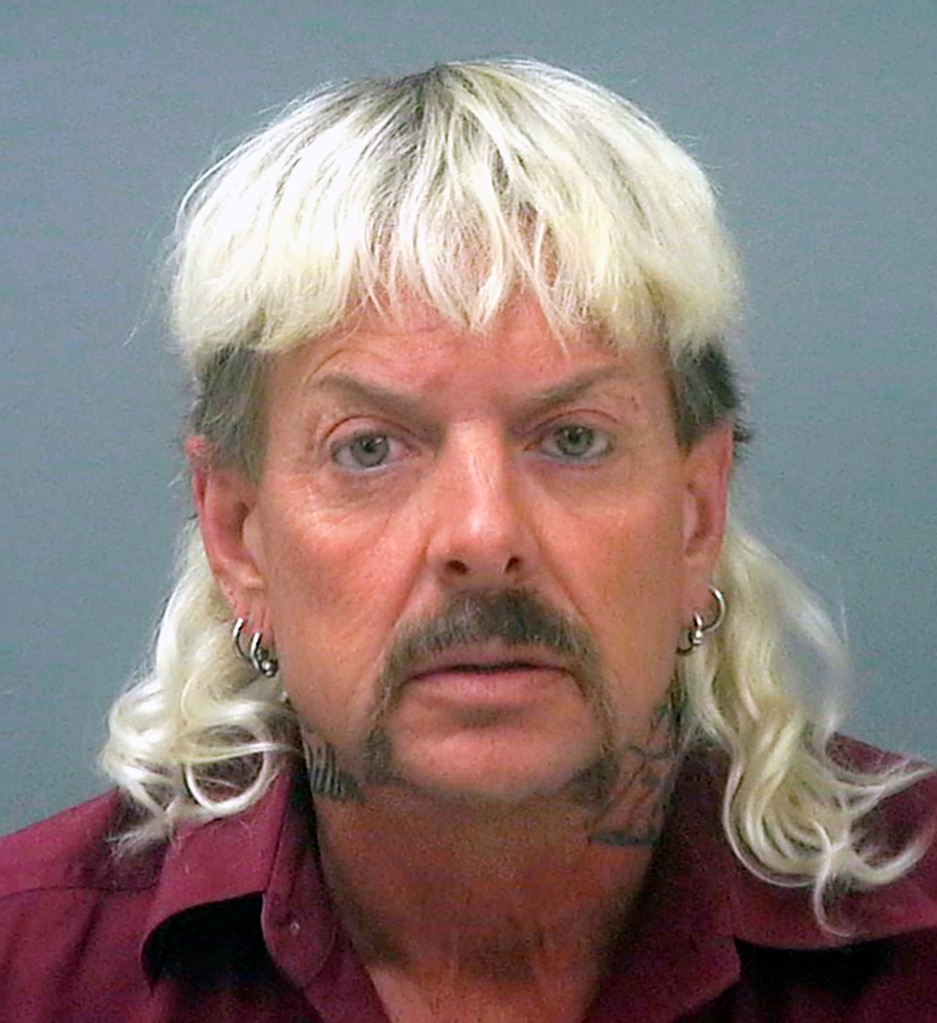Image via TheCityPodcast.com/USA Today
While 2020 has hardly been the best year of my adult life — for obvious reasons — one of the shining stand outs from this year has been the culmination to “The City” podcast that was produced by USA Today in conjunction with the Reno Gazette-Journal. To be clear, I am not referring to USA Today cancelling the series, but rather the series being created in the first place. This series chronicled the changing landscape of my hometown in a way that has never been done before (at least from what I have seen), and helped shine a light on one of the country’s most fascinating cities in terms of its image changing. So I wanted to salute the crew who put this together since Reno’s economy is much more diversified than ever before and for spotlighting all of these changes, for better, and for worse.

Stand out reporting: Headlined by the RGJ’s Anjeanette Damon, “The City” follows the story of Reno changing from a town with a history of quickie divorces, gambling and brothels to a burgeoning tech hub that is aspiring to be the next “Silicon Valley” in many ways. The show is also produced by one of my old colleagues from college, Fil Corbitt, and narrated by Robin Amer who does a fantastic job of setting the pace of the entire story. The crew does a great job of making sure to involve the major players of “Old Reno” and some of the new tech and development acolytes that are moving into the region to take advantage of its growth opportunities. Similar to the boom of the 1859 Comstock Lode in Virginia City, northern Nevada has seen a ton of new interest and investment in the region.
The cast involved: In terms of a colorful characters, I don’t think I have listened to another podcast that does so well in terms of framing its cast. If you are from Reno or northern Nevada, you will no doubt recognize a slew of these names and businesses that have helped to grow our region to where it is today. As a Reno High alumnus, I am very familiar with the Keshmiris and their contributions to the city and also their generous investment in the Reno High track team (Go Huskies, shout out to coach Green). So seeing this story along with the parallels of the new developments out in USA Parkway, was very exciting and beautifully told. Reno is a town that has a lot of grit and personality, and is a place full of people who have made it what is today.
Expanding on the history of my hometown: Reno is a town with a marred history in some regards, but it is still a place I am proud to call home. With a much more diversified economy since the Great Recession of the late 2000’s, northern Nevada has weathered a lot of storms and has grown into a trendy and thriving community, well until March of earlier this year but we won’t get into that. With our community banding together once again, I cannot say how thankful I am that a podcast is available to those interested in learning more about the changing state of our community. It’s not every day that a town undergoes an identity crisis amidst an economic boom and you get to live through it, but that’s what it is like living in Reno right now. It is a pretty special time and I wanted to salute the crew of “The City” for making this possible.



